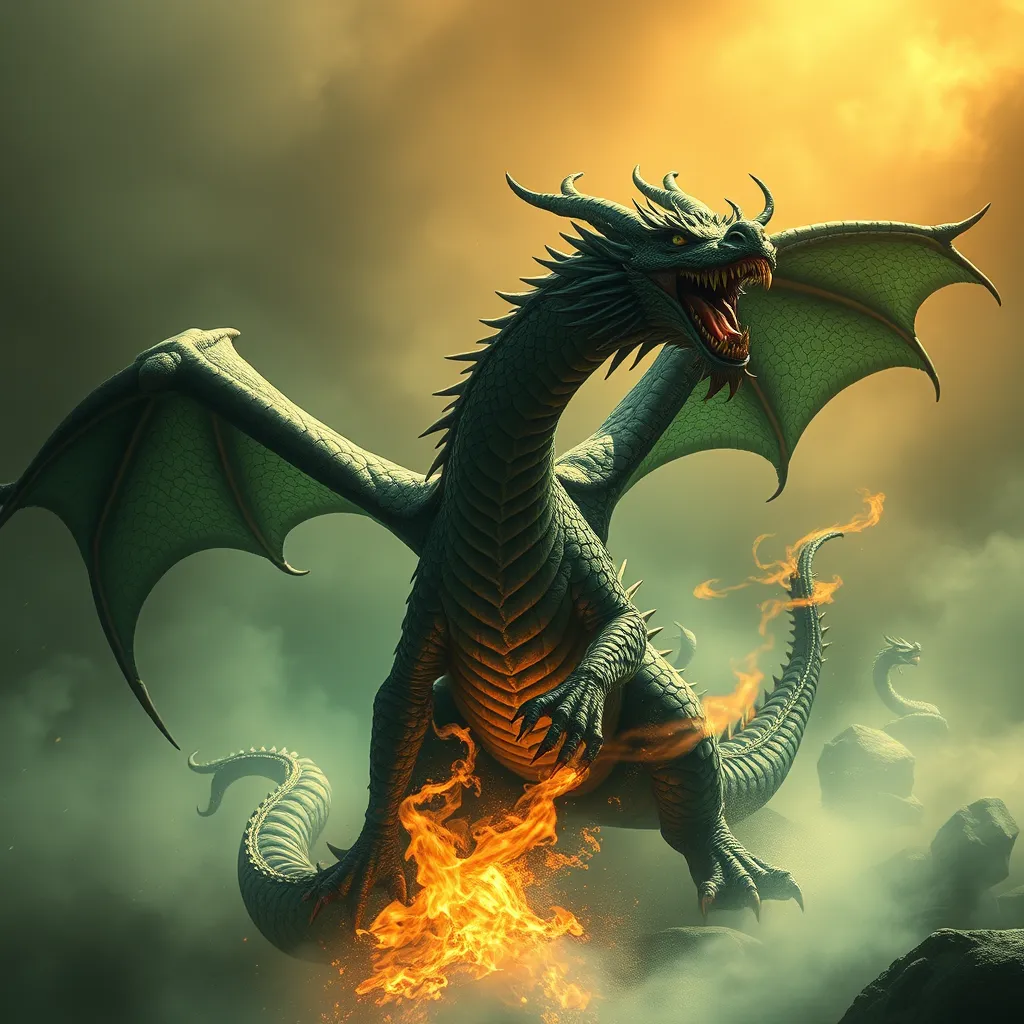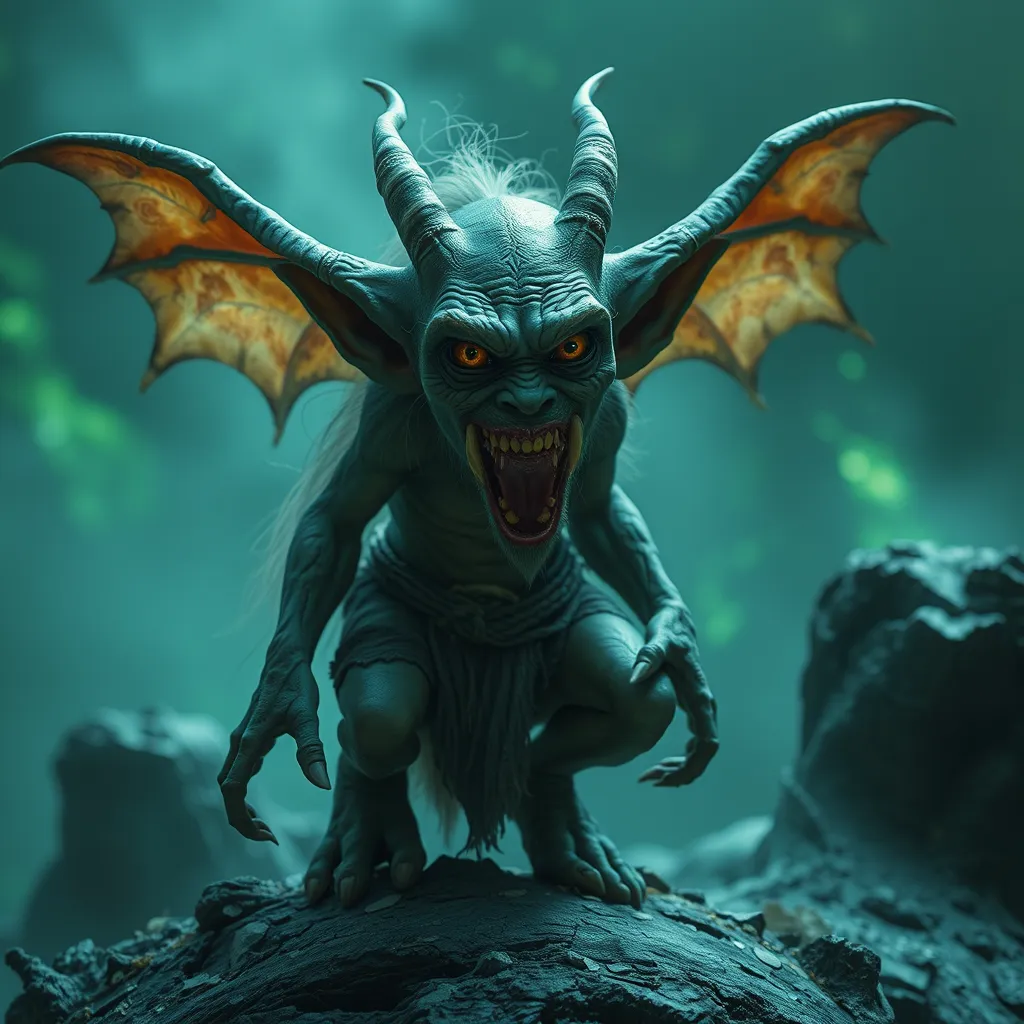The Fae of the British Isles: From Pixies to Goblins and Sprites
I. Introduction
The term “Fae” encompasses a wide range of supernatural beings found in folklore, particularly in the British Isles. These mythical creatures, often associated with nature, magic, and mischief, have captivated human imagination for centuries. The significance of the Fae in folklore extends beyond mere storytelling; they embody cultural values, fears, and the mysteries of the natural world.
The British Isles, rich in history and diverse cultural traditions, serve as a fertile ground for Fae mythology. From the rolling hills of England to the rugged landscapes of Scotland, each region has its unique interpretations and stories surrounding these enchanting beings.
II. Historical Context of Fae Beliefs
The origins of Fae mythology can be traced back to ancient Celtic traditions and pre-Christian beliefs. The Celts viewed the world as inhabited by various supernatural entities, and the Fae were often considered part of a hidden realm that coexisted with the human world. This belief system contributed significantly to the cultural identities across the British Isles, as communities shared tales of encounters with the Fae, shaping their understanding of nature and the spiritual world.
Throughout history, the Fae have also been used to explain natural phenomena and human experiences. Their stories often reflect societal values, cautionary tales about morality, and the consequences of human actions.
III. Types of Fae: An Overview
The Fae encompass a wide array of beings, each with its distinctive characteristics and lore. Some of the most notable categories include:
- Pixies: Playful and mischievous creatures known for their love of trickery.
- Goblins: Cunning tricksters often associated with malevolence and mischief.
- Sprites: Ethereal beings linked to nature, often depicted as guardians of the environment.
- Elves: Graceful and wise, often portrayed as benevolent beings that assist humans.
While these categories provide a framework for understanding the Fae, it is important to note that local variations and characteristics exist, enriching the overall tapestry of Fae mythology.
IV. Pixies: Mischief Makers of the Night
Pixies are often depicted as small, lively beings with pointed ears and a penchant for mischief. They are known for their playful nature and love for pranks, making them both delightful and troublesome. Pixies typically inhabit rural areas, particularly meadows and woodlands, and are associated with the twilight hours.
Notable stories involving Pixies abound in British folklore. One popular tale tells of how Pixies led travelers astray in the dark, causing them to lose their way. In another story, Pixies are said to help farmers by dancing in the fields, ensuring a good harvest. These tales highlight the duality of Pixies as both helpers and tricksters, reflecting the complexities of human interactions with the Fae.
V. Goblins: The Cunning Tricksters
Goblins, in contrast to the playful Pixies, are often portrayed as more sinister and cunning. With a reputation for being clever and deceitful, Goblins are known to cause trouble for humans, often leading them into misfortune. They are typically depicted as small, grotesque beings with a love for gold and treasure.
Legends surrounding Goblins often serve as cautionary tales. For instance, stories tell of Goblins tricking individuals into giving up their wealth or luring them into dangerous situations. These narratives not only entertain but also impart moral lessons about greed and the consequences of one’s actions.
VI. Sprites: The Ethereal Guardians
Sprites are described as delicate, ethereal beings associated with the natural world. Often depicted with wings and a luminescent appearance, they are considered guardians of the environment, protecting plants, animals, and the elements. Sprites are typically seen as benevolent, embodying the beauty and harmony of nature.
In folklore, Sprites are often linked to specific natural features, such as rivers, forests, and flowers. They are believed to bless those who show respect and care for the environment, making them important figures in the ecological balance of the Fae world.
VII. Regional Variations of Fae Legends
The stories and characteristics of the Fae vary significantly across the British Isles. In England, Pixies are especially popular in Devon and Cornwall, where they are celebrated in local festivals. In Scotland, the Brownies are a type of household spirit akin to Goblins, known for helping with chores at night.
In Ireland, the Sidhe are revered as powerful Fae beings associated with ancient burial mounds, while in Wales, the Tylwyth Teg are known for their beauty and musical talents. Each region boasts unique customs and celebrations honoring these mythical creatures, showcasing the cultural richness of Fae mythology.
VIII. The Modern Influence of Fae in Culture
The fascination with the Fae continues in modern culture, evident in literature, film, and art. Authors like J.R.R. Tolkien and C.S. Lewis have incorporated Fae elements into their fantastical worlds, captivating new generations of readers. Films such as “Pan’s Labyrinth” and “Stardust” explore themes of Fae mythology, blending traditional lore with contemporary storytelling.
The resurgence of interest in Fae mythology can also be seen in the rise of fantasy-themed events, workshops, and communities that celebrate the mystical aspects of these beings. Social media platforms are filled with artwork, stories, and discussions centered around the Fae, highlighting their enduring appeal.
IX. Conclusion
The Fae of the British Isles are not just figments of imagination; they are integral to the cultural heritage and folklore of the region. From the playful Pixies to the cunning Goblins and the ethereal Sprites, these mythical beings embody the complexities of human relationships with nature and the supernatural.
As we reflect on the significance of the Fae in British folklore, it is clear that their legacy endures in modern culture. The stories of these enchanting beings continue to inspire and captivate, reminding us of the magic that exists in our world, both seen and unseen.
![]()


